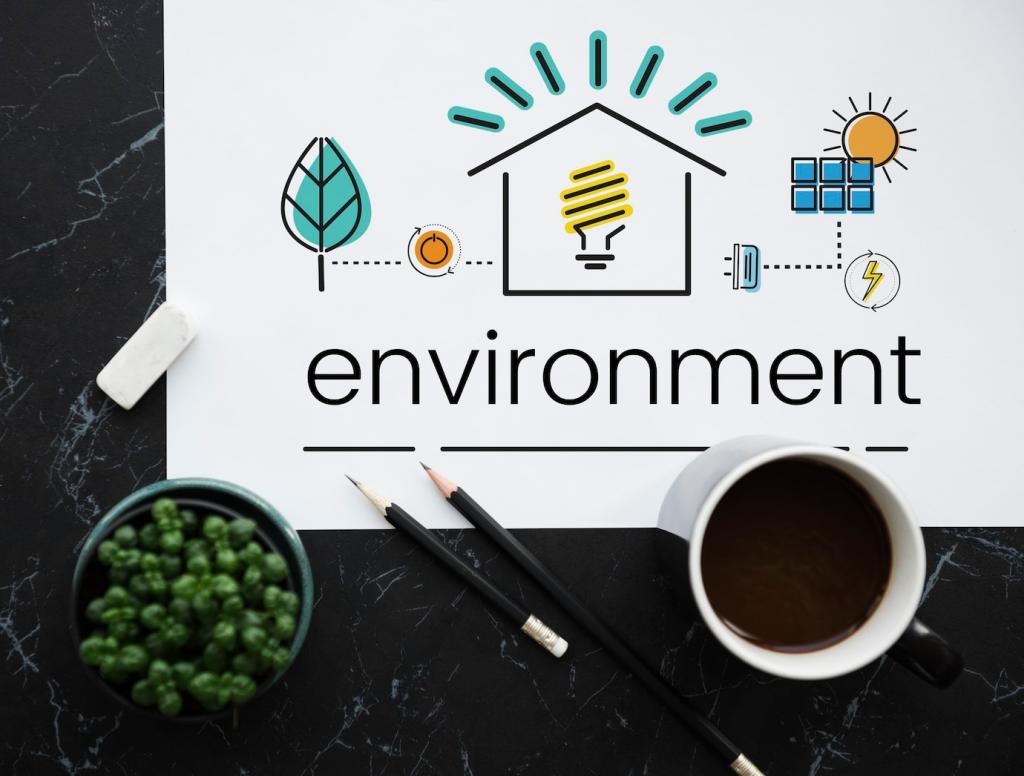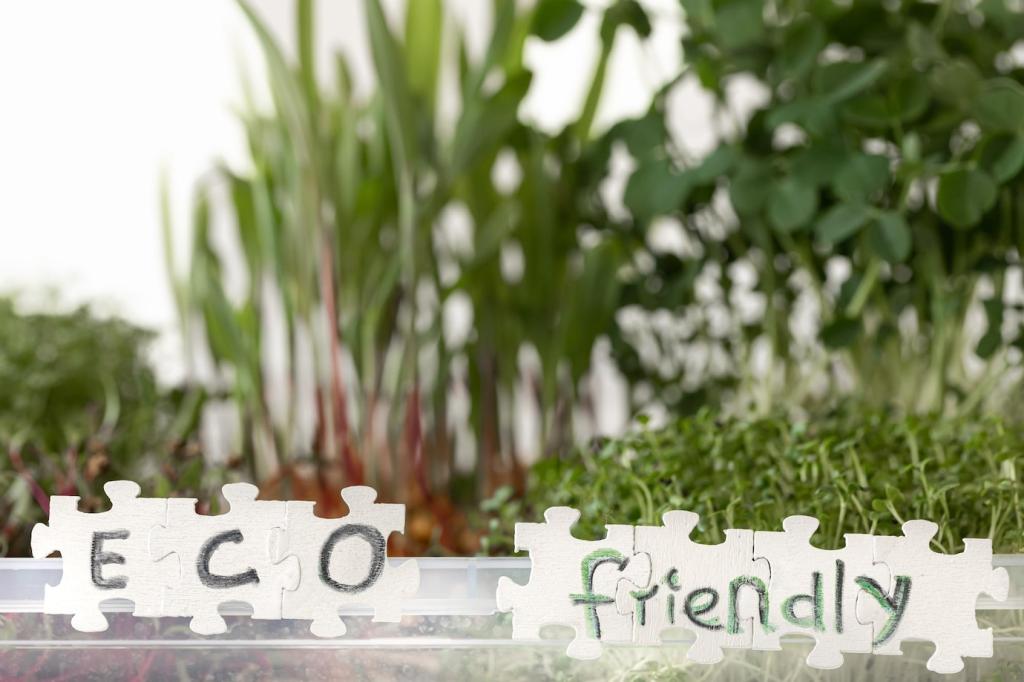Matching Materials to Climate and Building Type
High-SRI finishes, ventilated assemblies, and radiant barriers help buildings breathe and stay cooler. Reflective metal or light-colored membranes can slash peak cooling demand. In a Phoenix bungalow retrofit, a vented batten system under recycled-steel panels cut attic temperatures dramatically. Share your tips for dust control and glare where bright roofs meet intense sunlight.
Matching Materials to Climate and Building Type
Look for materials that shed water, handle freeze–thaw cycles, and manage ice dams through ventilation and airtightness. Metal excels at snow-shedding, while quality slate resists spalling. Green roofs thrive with hardy sedums and thoughtful drainage layers. A northern school’s reclaimed tile roof survived last winter’s heavy storms unscathed—regular eave inspections made all the difference.






